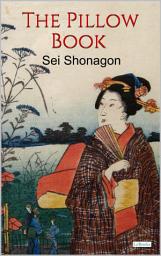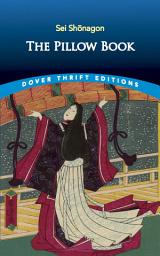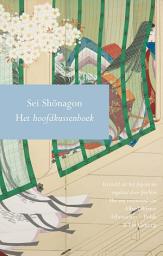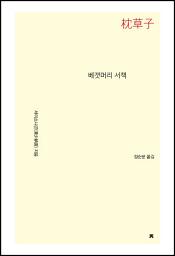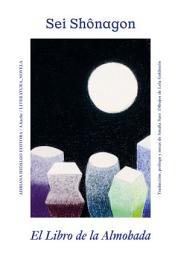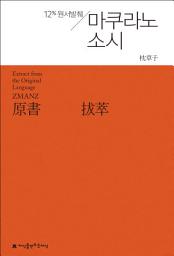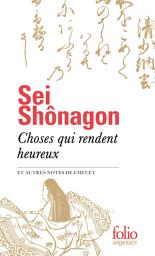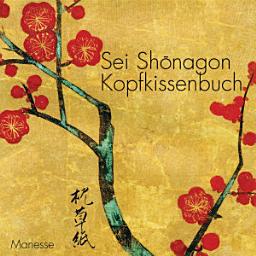Sei Shōnagon
Sei Shōnagon (c. 966 – c. 1017 or 1025) was a Japanese court lady, poet, and writer best known for her work The Pillow Book (Makura no Sōshi), a masterpiece of classical Japanese literature. She served as a lady-in-waiting to Empress Teishi (also known as Sadako) at the imperial court in Heian-kyō (modern Kyoto) during the late 10th century, approximately from 993 to 1000 CE. Born into an aristocratic family, she was the daughter of the poet Kiyohara Motosuke, which influenced her literary talents and education.Sei Shōnagon’s actual given name is unknown; "Sei" derives from the Sino-Japanese reading of her family name Kiyohara, and "Shōnagon" refers to a court rank, though she herself did not hold that position. Some scholars suggest her personal name might have been Kiyohara no Nagiko.As a courtier, Shōnagon was a favored attendant of Empress Teishi and was known for her sharp wit, keen observations, and poetic skill. Her Pillow Book is a collection of essays, lists, anecdotes, and poems that provide a vivid, intimate portrait of Heian court life, including its customs, aesthetics, and social dynamics. The work is celebrated for its original prose style and remains one of the most important sources on the culture and daily life of the Heian aristocracy.Her writing reflects a deep appreciation of nature, refined sensibilities, and a lively personality unafraid to express strong opinions. Sei Shōnagon’s influence extends beyond literature; her work helped shape Japanese aesthetics and the zuihitsu genre of loosely connected personal essays.Though much about her life remains unknown, Sei Shōnagon’s legacy endures as one of Japan’s greatest female authors and a key figure in the flourishing literary culture of the Heian period.


